July 7, 2000 01:01 PM PST
Beyond the hype, what will an EIP do for you?
By James R. Borck, InfoWorld Test Center
LAST YEAR the enterprise portal market exploded. There was a burst of solutions offering the benefits of popular consumer-side portal models along with new functions useful for an enterprise deployment. So fast and furious was the onslaught of portalmania that keeping pace with offerings and their capabilities was an arduous task.
As the hype cools, the truly stellar capabilities and enterprise benefits of the portal platform are beginning to take shape. Large and midsize companies, once distracted by the budgetary commitments of Y2K, are turning their attention to the portal platform to improve efficiency in the enterprise, enable faster, more accurate business decision making, and speed access to the applications and business processes that run the enterprise.
Several portal models have developed quickly, including the consumer and enterprise models. The consumer-side portal, such as Yahoo.com, offers end-users fast, centralized access to search engines, email, and newsworthy events. Even its sibling, the vertical portal, or "vortal," delivers narrowly targeted niche markets or select demographics with specialized, subscriber-based information.
On the enterprise side, EIPs (enterprise information portals) combine the best of the consumer portal with a platform to put mission-critical enterprise data, applications, and processes at the fingertips of Web-enabled employees and partners.
You may recognize that your company needs an EIP, but choosing one is no simple task. With an abundance of solutions available, each with its own aptitude, prerequisites, and capabilities, it's easy to get lost in this great, dark portal space without ever touching on the right EIP for your business.
At the very least, EIPs should offer features such as searching and indexing structured and unstructured data across repositories, both internal and external to a company. But to realize their full potential, EIPs must also include provisions for security, personalization, taxonomy, and application integration and provide access to ERP (enterprise resource planning) and legacy mainframe data. Several EIPs can also plug in external third-party content sources, allowing the delivery of financial information and external search engine results from resources such as AltaVista.
Whether your employees are filling out expense reports or you need to give business partners application access to back-end systems, EIPs offer a consistent method. Through its efficiency, the EIP model has fast become the solution de rigueur for helping save time and cutting knowledge and information management costs incurred within and among companies, partners, and customers. And as workforces become increasingly distributed, EIPs will become crucial to delivering information and keeping your user base in step with a unified corporate vision.
Wide-ranging options
To deploy an EIP architecture successfully, you must first undertake a thorough needs assessment and plan a strategy. A poorly crafted architecture can segment data availability within the enterprise, forming isolated pockets of inaccessible resources, ultimately defeating the goal of portal technology. Once defined, you can begin shopping for the EIP that can synergize your corporate resources.
Be prepared to solve your most pressing business needs first, while anticipating future needs. You'll probably realize after analyzing the evolving portal market, that no one solution will solve all of your information management woes. In fact, many companies will need to support more than one vortal to fully leverage their resources.
Although front-end, or horizontal, EIPs deliver generalized access to the data and applications common across a corporate community, they tend to lack the integration requirements of larger organizations. This may mean deploying a vortal as well to leverage the needs of specific business lines, such as eCRM (customer resource management) or SFA (sales force automation).
EIPs vary from out-of-the-box tools to customized solutions that demand a high degree of tailoring to integrate. Those that are easier to implement cost less, but often lock you into proprietary technologies or limit extensibility.
Some EIPs excel at indexing and retrieving data, including taxonomy generation for easy categorization and management of business data. Two such solutions are Brio.Portal and Hummingbird EIP, which rely on open standards such as XML to attach to a variety of data sources. With pricing at $125,000 and $150,000 per 500 users, respectively, they represent typical, bare-bones EIP installations.
Other EIPs, including the iPlanet Portal Server, offer highly extensible access and interaction with almost any system or process, including existing specialized vortals. Although such products offer greater flexibility, they impose additional budgetary considerations due to programming and integration requirements.
Unfortunately, a variety of security options, such as LDAP support, do not always come part and parcel with all EIPs. In general, the administrative features of most EIPs, particularly those deployed across multiportal architectures, leave something to be desired, often lacking graphical interfaces for some tools.
But most portal vendors agree on and succeed at one basic feature: personalization of content delivery. Portals succeed by allowing administrators to push specific information to targeted desktops, ensuring that decision makers are armed with relevant knowledge. Similarly, this capability allows the user to customize his or her portal view to show only the data essential for day-to-day productivity.
Aiming for interoperability
CTOs are seeking greater interoperability among portal solutions, but faced with a lack of standards, have yet to see this realized by vendors. In response to this need, iPlanet, the Sun-Netscape alliance, is releasing iPlanet Portal Server 3.0, one of the most exciting products to enter the EIP market.
I was given access to an online demo version, and I was impressed with what I saw. (Expect a full review of the updated Portal Server 3.0 as soon as it's released later this summer.) The Java-based Portal Server 3.0 demonstrated capabilities that embody the essence of horizontal EIP requirements in a single package. It should be able to meet the most demanding of large-scale deployments for about $90,000 per secure CPU.
Portal Server blends enterprise-strength security and profiling aptitude with meta data and taxonomy repositories to provide employee-specific access and personalization. In addition, a pending release should be further enhanced with features such as Web indexing and filtering capabilities and will incorporate a WAP (Wireless Access Protocol) gateway.
Furthermore, Portal Server offers excellent XML access to back-end data stores and integration for third-party applications, enhanced via a Citrix MetaFrame client (included for terminal-based computing). It also has time-saving features such as single sign-on.
Although iPlanet's availability is limited to Solaris, its scalability and comprehensiveness, along with easy integration for vortal add-ons, make it stand out particularly for companies looking to improve a short-sighted solution in which they've already invested.
Fit for every scenario
A wide variety of EIP solutions are on the market, but a few of them serve as a good overview of the features and integration capabilities typically available.
For Microsoft-based infrastructures, you might consider a product such as Corporate Portal from veteran portal vendor Plumtree Software. It offers a more affordable entry price of $75,000 per 250 users along with Gadget plug-ins that, with out-of-the-box features, make customizing a user's portal easy .
This easily implemented solution relies heavily on proprietary standards and Microsoft Active Server Pages (ASPs). Additionally, its lack of LDAP support could hamper future extensibility. For developers invested in Microsoft and ASP technology, however, Corporate Portal provides an easy foray into EIPs with minimal programming or setup requirements.
If you have steep reporting and analysis needs, Brio.Portal, a formidable solution from Brio Technologies, serves up Java-based components that scale well in heterogeneous environments. Solid capabilities for accessing databases and back-end resources make setting up Brio a breeze.
Unfortunately, setting up SQL database tables is something of a bear, and Brio.Portal's inability to incorporate unstructured data formats, such as Web site indexing, could render this solution incomplete. Also, its administration lacks a Web-based interface, limiting remote management capabilities.
Nevertheless, Brio.Portal offers tight integration with Lotus Notes as well as strong analysis and reporting capabilities, so it's a prime candidate for employees in need of timely information.
Pricing starts at $50,000 per 100 users, making it one of the most affordable choices in the EIP market. But its lack of features such as Web-based indexing may make this solution incomplete -- and a wasted expenditure in the long run -- for some enterprises.
For good connectivity into almost any type of data source, try DataChannel Server from DataChannel. It provides a proficient arsenal of extensibility with its XML-and Java-based architecture and solid security integration. However, this is far from an out-of-the-box solution, requiring a substantial amount of elbow grease to get it up and running.
Although DataChannel Server can handle unstructured data, its clumsy interface makes Web-site indexing awkward, which is a potential stumbling block if you require such information. On the plus side, an on-the-fly document-conversion engine allows several popular document formats to be converted to HTML, improving client-side information accessibility without a proprietary viewer. Moderately priced, DataChannel Server starts at $100,000 per 250 users.
One more solution that possessing notable fortitude is the EIP from Hummingbird. Another XML-and Java-based solution, Hummingbird provides integration for security and authentication and delivers a good automated taxonomy engine that will help to jump-start development, making it a real timesaver.
When compared to competing Windows NT-only solutions, such as InfoImage's freedom 2, Hummingbird's browser-based administrative interface goes a long way toward easing management tasks. Its speedy search engine gets the job done quickly, and it integrates search capabilities from external search engines such as InfoSeek and AltaVista.
However, Hummingbird's lack of load balancing and the custom programming required to extend it to full enterprise capability probably make it suited better for small and midsize deployments. But with a starting price of $100,000, Hummingbird is extremely affordable.
Gazing into the future
The EIP market is still shaking out of course, and vendors are constantly developing new features and integrating new content. As this technology evolves, adopters can expect improved accessibility to resources, bringing terrific benefits to both a company's bottom line and its corporate culture.
In the future, competing portal platforms will likely one day possess crossportal communication and messaging capabilities that operate off common information and security repositories. This will introduce many benefits, including reduced administrative overhead, easier support, and employee training, and will as ease integration efforts with the portals of partners and vendors.
However, with no standardized interoperability between portal platforms currently in place, businesses should take heed for the moment. You should refrain from building multiple horizontal platforms within an enterprise for fear of land-locking data. It would also be wise to choose an EIP vendor committed to open standards to ensure future extensibility.
For now, before climbing on the portal jitney and laying out gobs of cash, take a breather and properly assess your needs in adopting a portal strategy. Although the portal platform's capabilities will undoubtedly grow by leaps and bounds, by following these guidelines you will ensure a successful deployment.
An EIP will deliver centralized access to information and applications with a customized delivery mechanism that gets the right information to the right people within your organization.

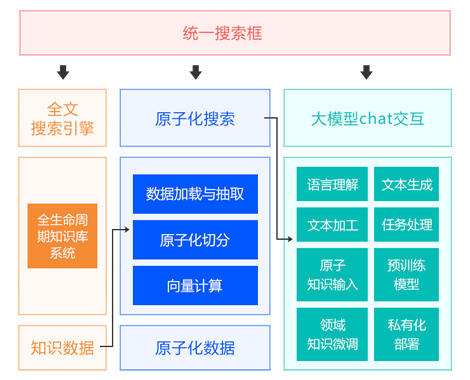
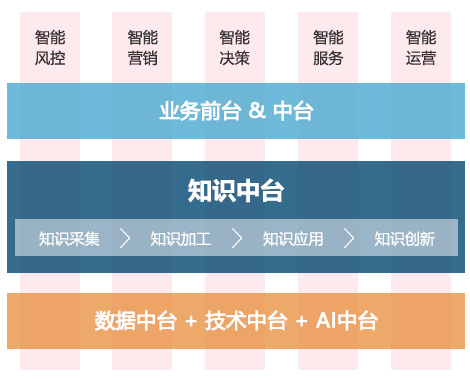
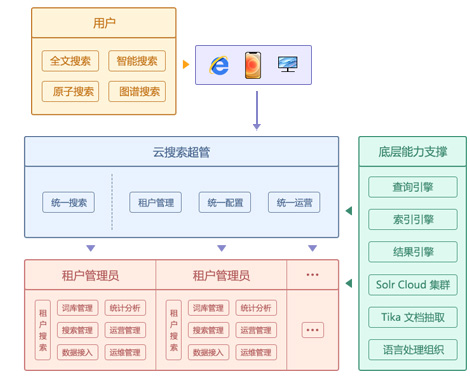
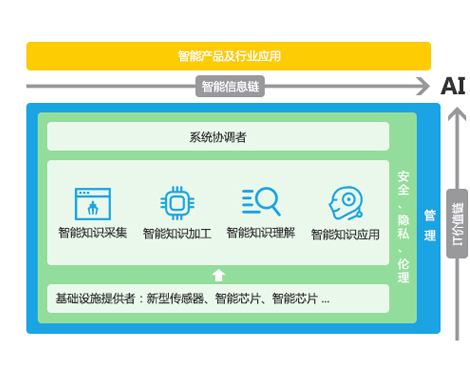
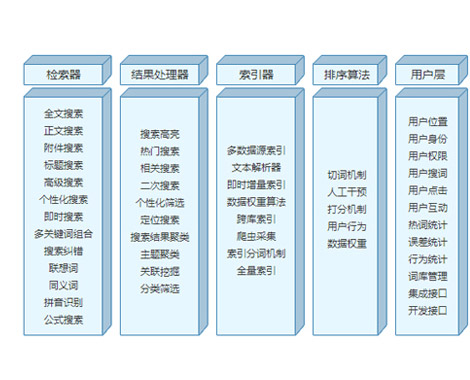
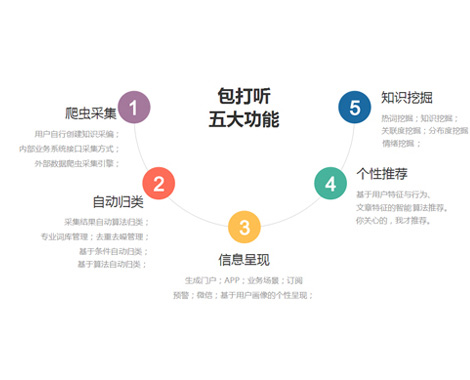
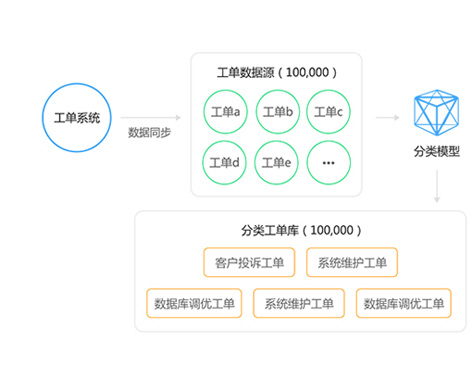
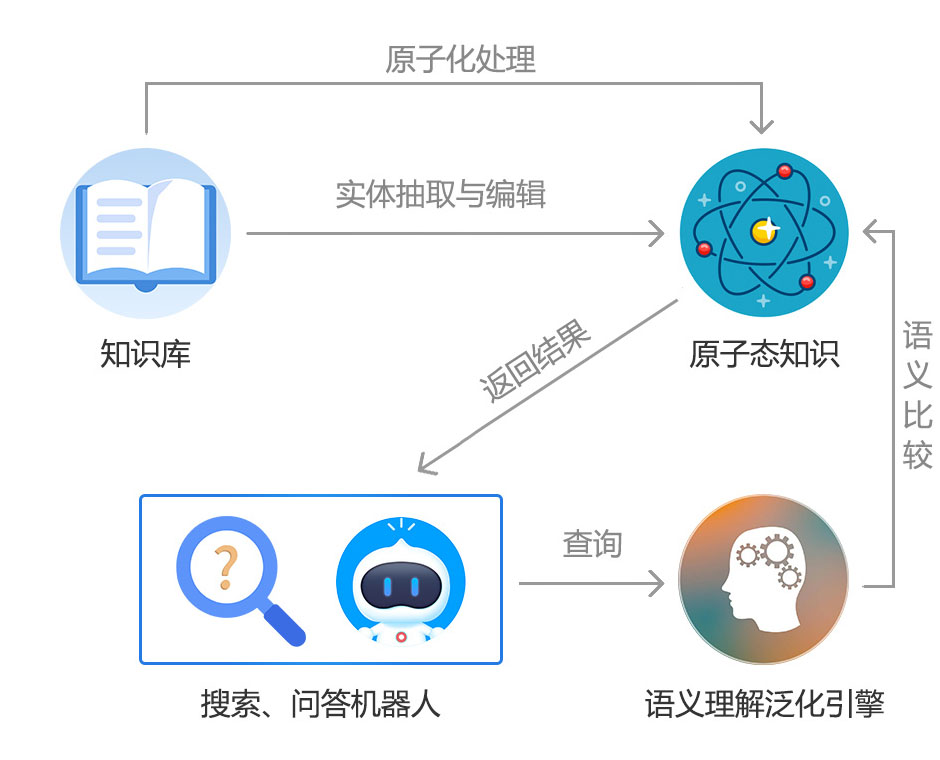
 2017-03-07 11:09
2017-03-07 11:09